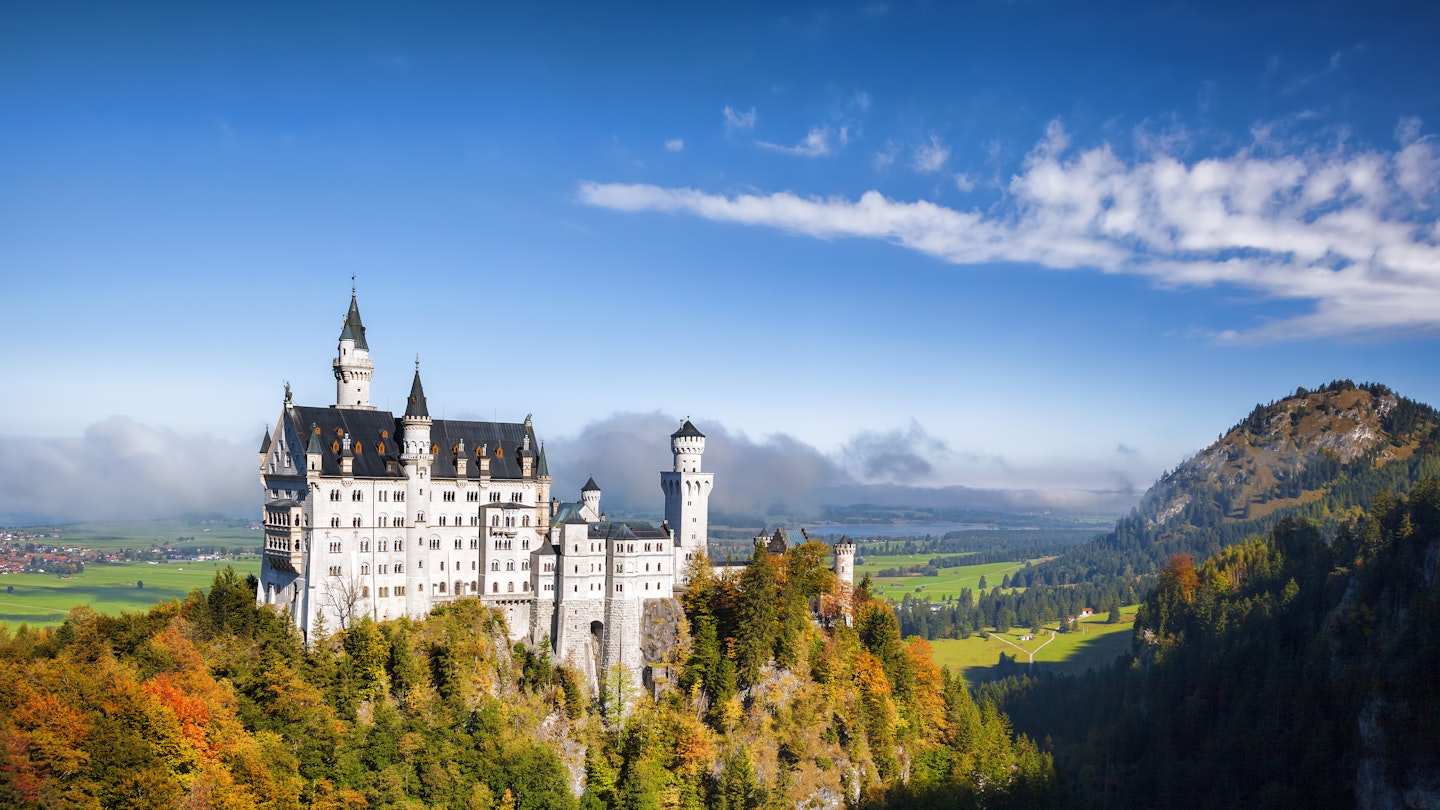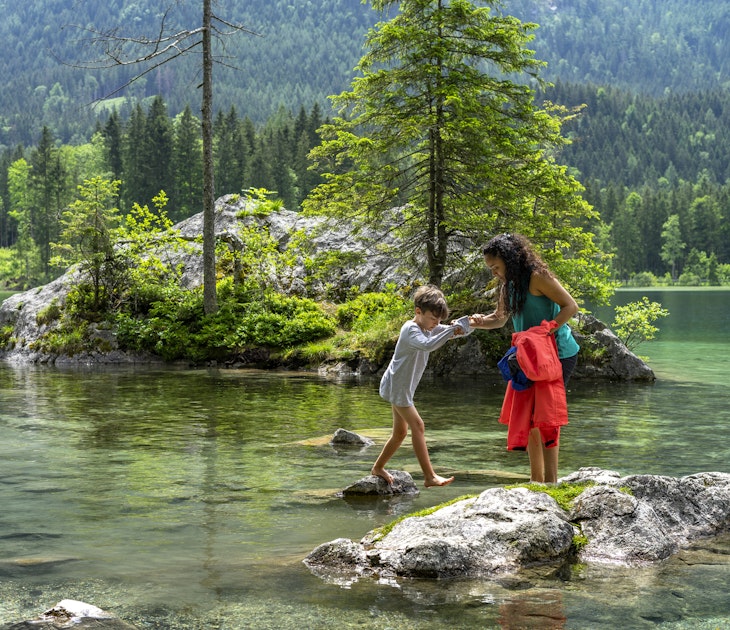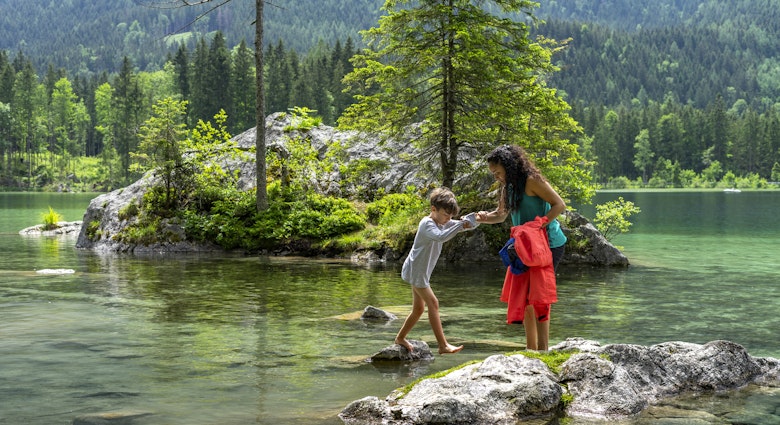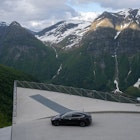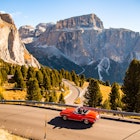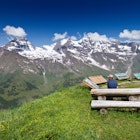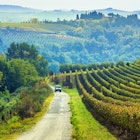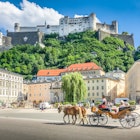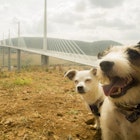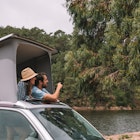Birthplace of the autobahn, Germany is a wonderful country for driving tours. It’s big and varied enough to allow longer, more ambitious trips, yet has plenty of small, distinctive regions begging for in-depth exploration. Throw in a superb road network (including over 13,000km of autobahnen), an orderly and predictable driving culture and a wealth of rental options, and you’ve got everything you need for a driving holiday.
It’s also increasingly easy to minimize your carbon emissions while driving in Germany with electric vehicles available from plenty of car rental agencies and most parts of the country are well served for charging infrastructure (download PlugShare for more).
Here are the best road trips taking you through the best of Germany.

1. Fairy Tale Road
Best for fans of the Brothers Grimm
Hanau-Bremerhaven; approximately 707km (439 miles); allow five to six days
Starting in little Hanau – birthplace of famous folklorists the Brothers Grimm – the popular Fairy Tale Road runs north through Marburg with its handsome Altstadt (Old Town); Kassel – with its 560 hectares of stunning UNESCO-listed baroque parkland known as the Bergpark Wilhelmshöhe; Bodenwerder, home of the "Liar Baron" von Münchhausen; and Hamelin of Pied Piper fame. This route can also be tackled by public transport, but a car lets you fully explore any diversions at your own pace.

2. Germany's Baltic Coast
Best road trip for beaches and islands
Lübeck-Binz; approximately 417km (259 miles); allow three to four days
Germany’s share of the southern Baltic Coast is adored by locals, but curiously under appreciated by international visitors. This scenic driving route strings together historic maritime cities of the Hanseatic League (a medieval confederation of trading ports) like Lübeck, Wismar and Stralsund, Greifswald plus the natural splendor of places like the Darss-Zingst Peninsula. Expect sandy beaches, historic architecture and opportunities to island hop (some islands like Rügen are accessible by bridge).
Planning tip: Seasonal variations are extreme in Germany’s far north. If you're heading here in winter, rather than summer, be prepared for bitter cold winds and the potential for snow.
For more under-the-radar destinations in Germany, find out where the local's go on holiday.
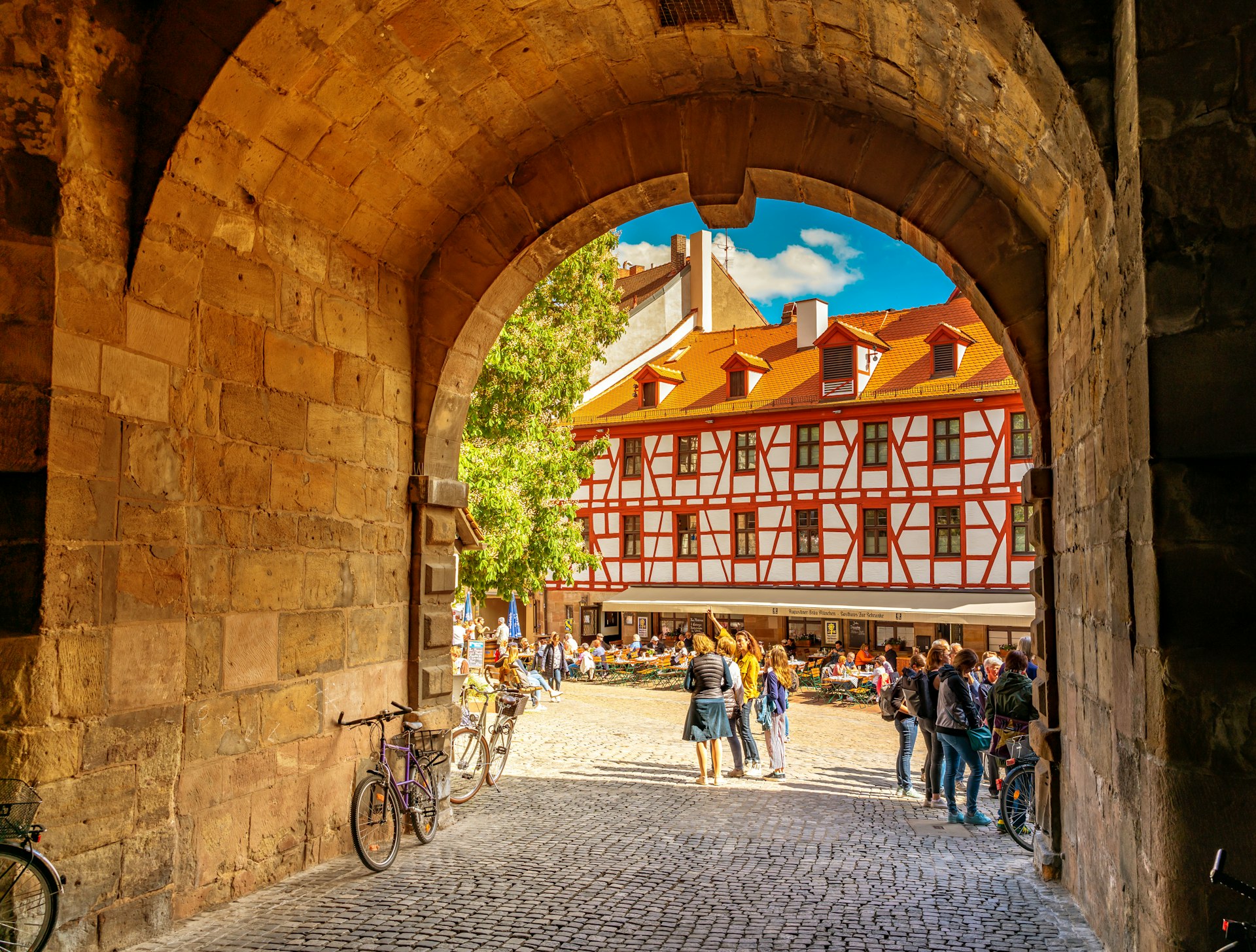
3. Germany's Castle Road
Best for medieval castles and baroque palaces
Mannheim-Bayreuth; approximately 600km (373 miles); allow four to five days
The towns and countryside between Mannheim and Bayreuth retain some of southern Germany’s most impressive medieval castles and baroque palaces. Particularly notable piles include the Barockschloss Mannheim, the largest baroque palace in the country; the Renaissance ruin of the Schloss Heidelberg; the 14th-century Burg Guttenberg, looming over the Neckar Valley; and Nuremberg’s imposing Kaiserburg, which dominates its carefully reconstructed Old Town. If palace fatigue sets in, you can always escape to a contemporary art gallery, fascinating local museum, or settle into a traditional tavern to sample the local sausages and beer.
Planning tip: If you’re intending to linger in Nuremberg, you’ll get excellent value from a Nürnberg Card, available in advance from the website, and delivered to your email.
For more tips on how to save money, read our guide to seeing Germany on a budget.
4. Romantic Road
Best for picture-perfect German landscapes
Würzburg-Schwangau; approximately 350km (217 miles); allow three to four days
The Romantic Road, a sublime meander through the Germany of popular imagination, is one of the country’s best drives. Its combination of sublime Bavarian landscapes, medieval villages, historic centers and alpine foothills pretty much ticks all the boxes. Of particular note are the Würzburg Residenz, a UNESCO-listed baroque palace built for the local prince-bishops; the impossibly photogenic and gloriously intact medieval town of Rothenburg ob der Tauber; the complete medieval walls, towers and gates of the similarly ravishing Dinkelsbühl; and the romantic excesses of Neuschwanstein and Hohenschwangau castles (the former famously used as the model for the castle in Disney’s Sleeping Beauty).
Planning tip: It’s best to avoid touring the Romantic Road in the height of the summer school holidays when the region can be a victim of its own popularity. If you do this trip in winter, Bavaria's chocolate-box towns look even prettier under a layer of snow.
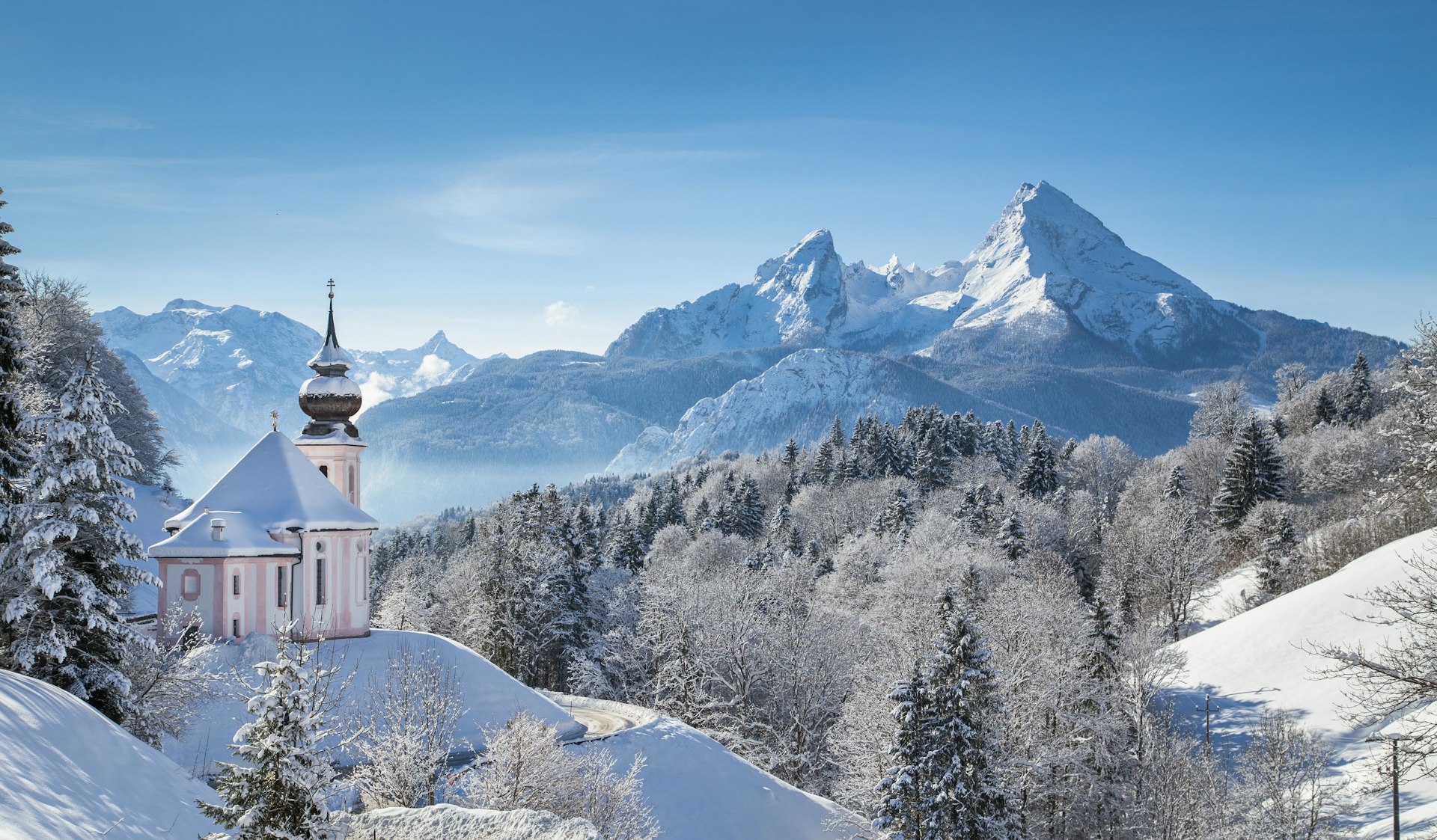
5. German Alpine Road
Best for stunning scenery, spa towns and mountain lakes
Lindau-Königssee; approximately 450km (280 miles); allow four to five days
Skirting the mountainous border with Austria, this is the perfect road trip for those with a head for heights. From laidback Lindau on the southern shores of glittering Lake Constance to the mountain-framed waters of the Königssee in Berchtesgadener Land, it’s a procession of towering summits, alpine pastures, peaceful spa towns and glittering mountain lakes. Greatest hits include the sumptuous Schloss Linderhof; the high-altitude honeypot of Garmisch-Partenkirchen; and boat trips on the ravishingly photogenic Königssee itself.
Planning tip: Be prepared for snow and ice on high roads in winter; anticipate potential road closures and ensure your car hire includes extras such as chains.

6. German Wine Route
Best for wineries and gastronomy
Schweigen-Rechtenbach-Bockenheim an der Weinstrasse; approximately 96km (59 miles); allow one or two days
Germany’s north-western Palatinate (Pfalz) region is rightly famed for its vineyards, forests, villages and castles. The short, well established German Wine Route takes in the best of the country’s biggest contiguous wine-growing area, including the Hambacher Schloss, known as Germany’s "cradle of democracy"; the appealing market-square and gastronomic excellence of diminutive Deidesheim; and the parks and hot waters of the spa town, Bad Dürkheim.
Tips for driving in Germany
Driving in Germany is a dream: the roads are excellent, as is road signage, and you’ll generally share the road with predictable, considerate drivers.
Here are some key dos and don’ts while road tripping in Germany.
- Wear a seatbelt and stick to speed limits (30km/h in residential streets; 50km/h on main city streets; and 100km/h outside built-up areas, unless otherwise marked). Speed cameras are ubiquitous.
- Make sure your vehicle is up to the job, whether that's high speeds on the autobahn or the steep slopes or winter conditions on the German Alpine Road.
- Make use of the Allgemeiner Deutscher Automobil-Club (ADAC), Europe’s largest motorists’ association. Its website is packed with information on driving routes, road laws, vehicle maintenance, accessibility issues and more.
- Don’t exceed the blood-alcohol limit if driving – 0.05% (one to two standard drinks only).
- Avoid driving in larger cities where traffic is dense and parking scarce and expensive.
